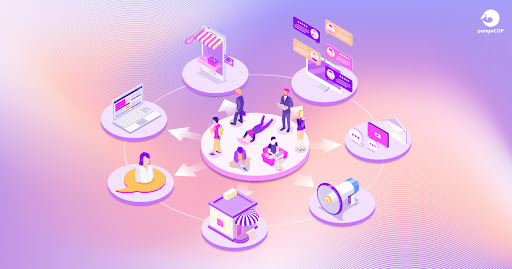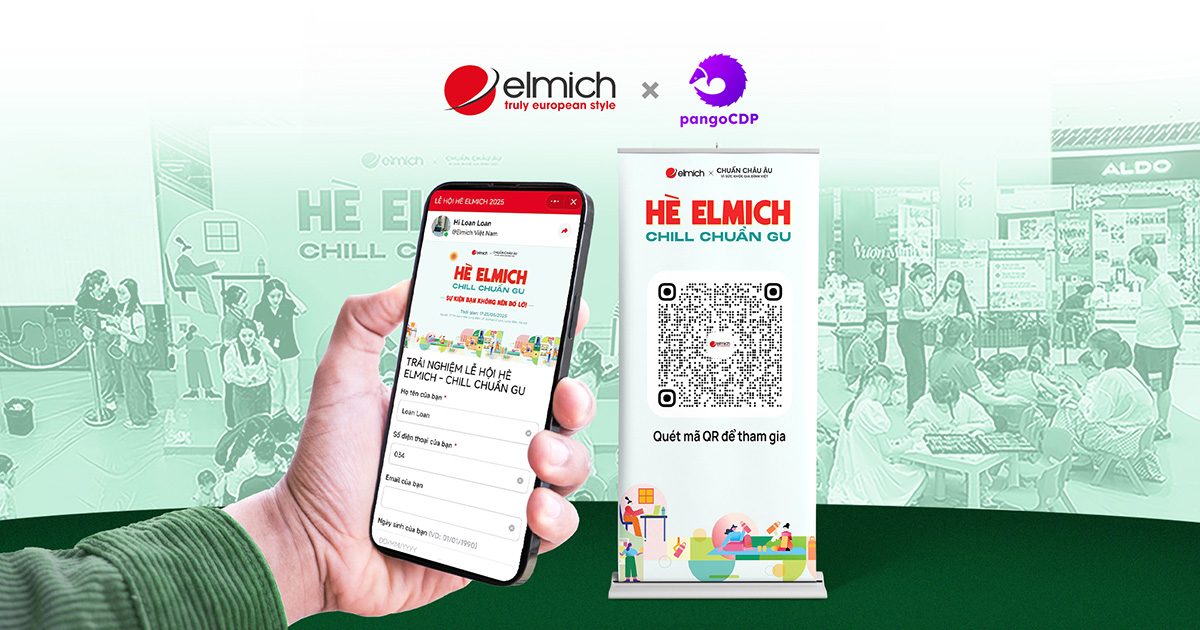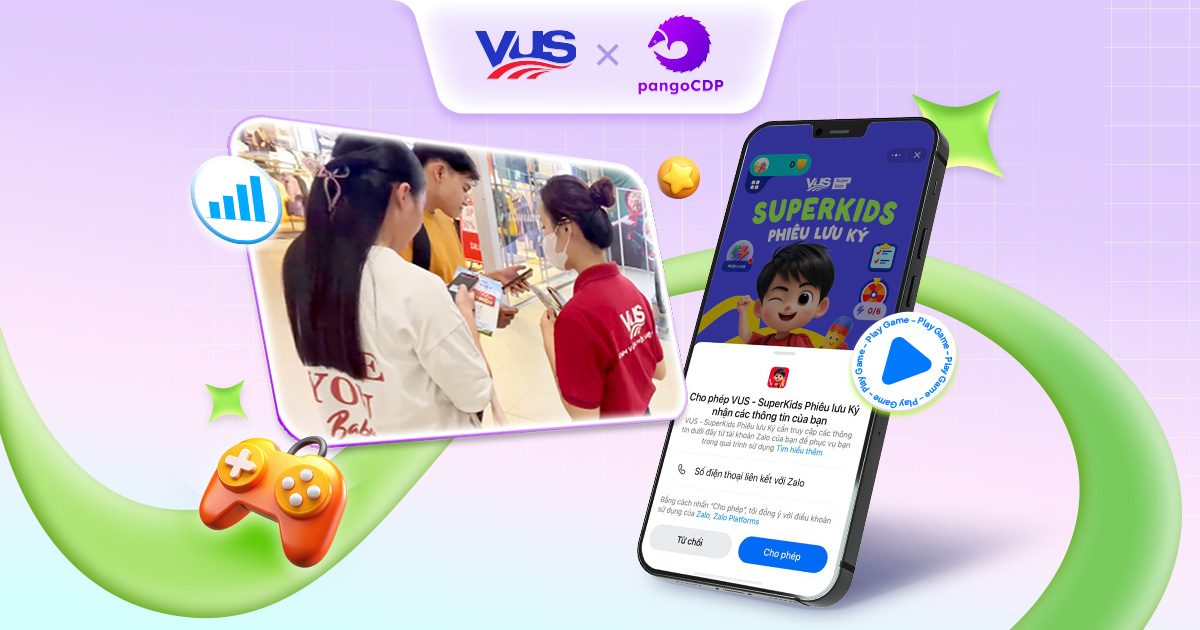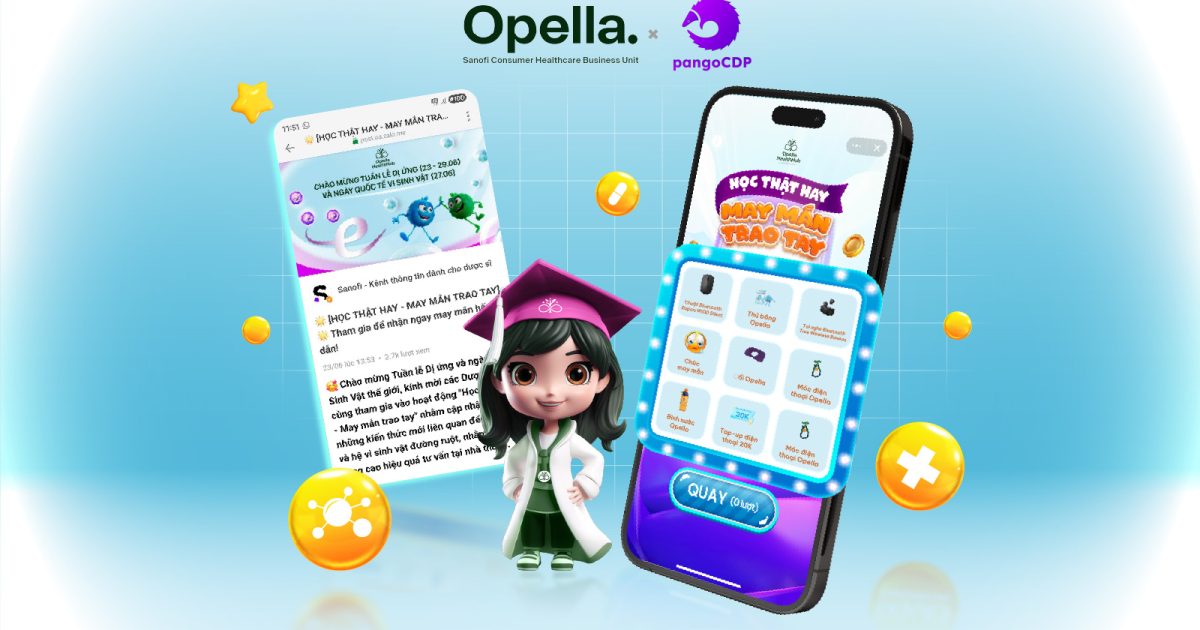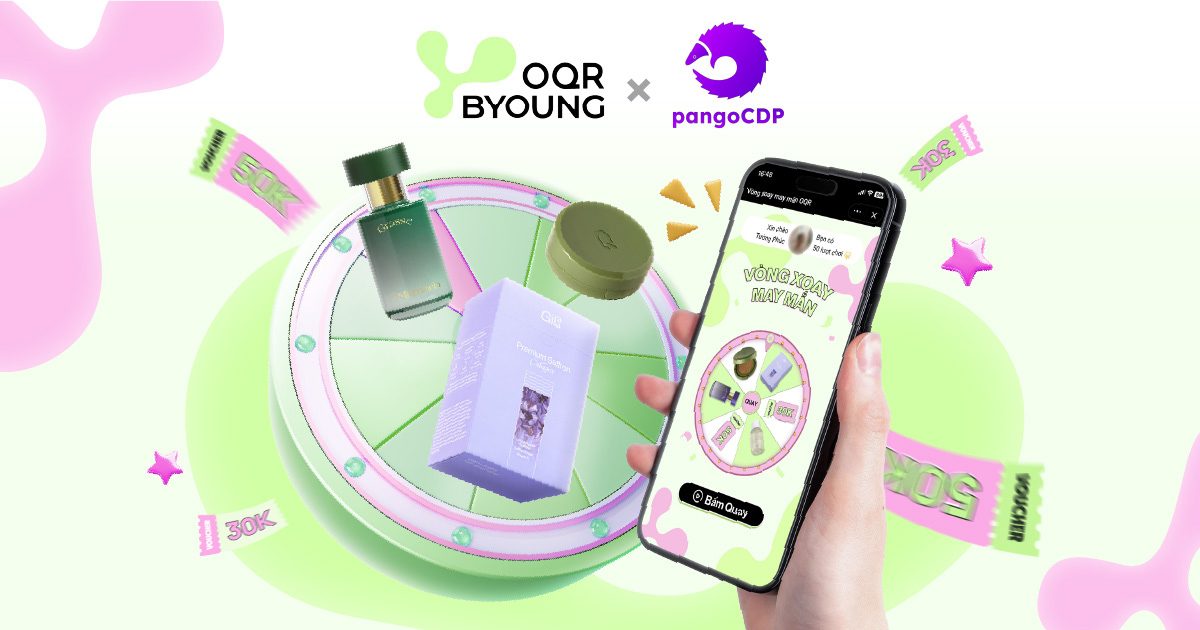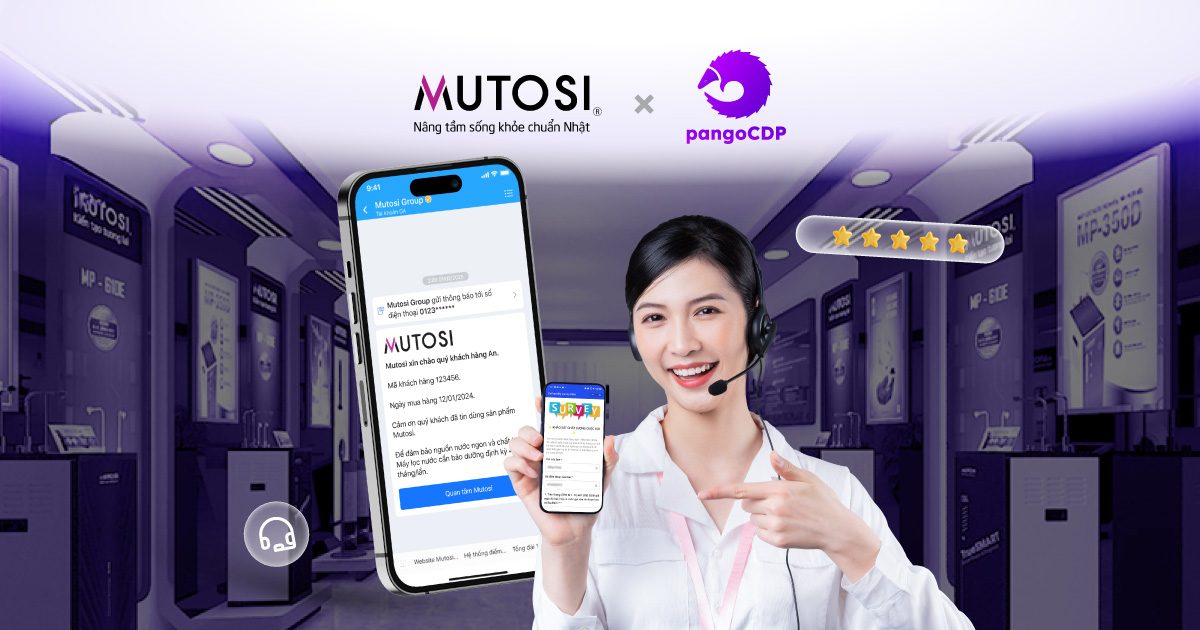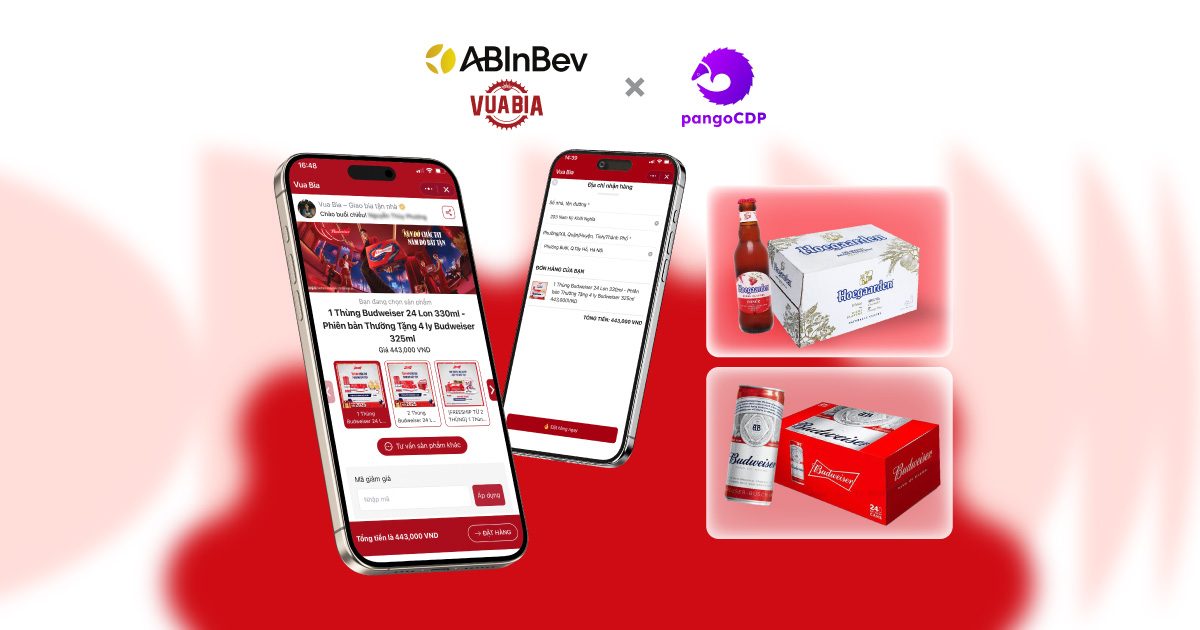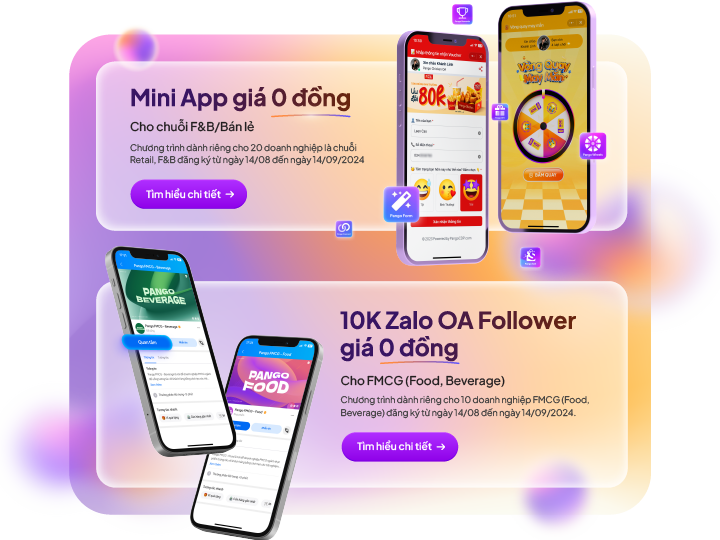Omni channel requires businesses to invest resources to create many different interaction channels with customers. With The Master Channel, businesses can focus on building a main interaction channel based on a suitable technology platform. Other interaction channels will direct customers to The Master Channel to be able to provide the best experience at the most reasonable cost. So, Omni Channel or The Master Channel, which is the best choice for business? Let’s find the answer with PangoCDP in this article!
The term ”Omni Channel” appeared in the 2010s when businesses began to connect with customers through many different experience channels. And it has particularly developed with the rapid growth of the Internet and e-commerce, the constantly changing needs and behaviors of customers, and the quick emergence of new technologies that enhance interaction.
Businesses are maintaining multiple interaction channels at the same time depending on customer usage habits and the resources of the business.
Below are comparisons of user shopping experiences on online and offline channels to understand why Omni Channel remains the most popular method for most businesses.
Offline shopping experience
When shopping at an offline store, customers have the most authentic experience with products and services. They can touch, hold, try and choose items with sizes, models, and materials that match their criteria. When shopping and paying in-store, customers will also get the feeling of owning that item immediately without waiting for delivery. Assistance is always available from sales staff when needed.
However, the offline shopping experience is not always ideal. Customers may not find the product they need. They may have to search through many stores without being sure if the item they need is available there.
On the other hand, when shopping at the store, customers do not feel comfortable or natural if a sales staff always follows them. If they don’t purchase anything, they often leave feeling awkward.
Online shopping experience
Consumers prefer online shopping for its convenience and ease because they don’t need to move from place to place and still quickly find the item they need.
Moreover, customers can “go incognito” when entering an online store, without any scrutinizing looks from staff. They can add their favorite items to their cart without needing to buy immediately and can return to purchase at their convenience.
With the explosion of the Internet and information, consumers find it easier to choose products. According to a study by GE Capital Retail Bank, more than 80% of customers often search for product information online before buying at the store. They can read reviews, consult from influencers such as KOLs (Key Opinion Leaders), KOCs (Key Opinion Consumers), or from reputable community sites to make accurate decisions.
Online shopping experience has therefore become an indispensable trend and habit of many people today along with the explosion of e-commerce sites such as Shopee, Tiki and Lazada.
However, online shopping sometimes results in amusing “online versus reality” situations. Netizens often have a funny saying: ”Online vs reality items” to indicate the humorous differences between online photos and actual products.
Each shopping channel, online or offline, brings different experiences to customers. Businesses should not choose one over the other, but should skillfully combine them to offer better customer experiences.
With many types of products, customers will search for product information online but decide to buy offline. Therefore, most businesses need to adapt and adjust their operational strategies to align with the “multi-channel customers” trend to reach and engage with customers. That is why Omni Channel was created and is still used today.
Other reasons why Omni Channel is popular
Wide Coverage
Omni Channel is not only present in many channels with high frequency but also includes connected, seamless experiences.
For example, customers who enter the website to place an order but for some reason do not make a purchase but leave. The next day, they might see an ad for the product on Facebook or TikTok and click on it, finding their unfinished order. They saw that the previous day’s order was unfinished. At this point, they are likely to complete the purchase in a pleasant and satisfied mood.
Maximizing the role of each channel in the purchase process
Websites, Facebook, TikTok Shop, etc., play an important role in the stage where customers seek information about products and services. Next, to interact deeper with customers, businesses need to connect them with staff.
In some cases, email serves as the official, committed communication method, confirming important and confidential transactions between businesses and customers.
SMS acts as a reminder for important and urgent information like payment deadlines or expiring promotions. Other messaging platforms such as Facebook Messenger, Zalo, and Viber play more diverse roles in two-way interaction as well as enhancing the customer experiences. Accordingly, customers can easily choose the interaction channel that is convenient for them.
According to some studies on user conversation habits with technology, the Baby Boomers (1946-1964) prefer phone communication. Gen Y (Millennials) (1981-1996) likes to use messaging apps like WhatsApp, Facebook Messenger, and iMessage to chat with friends and family. Meanwhile, Gen Z (1997-2012) regularly uses Snapchat, Instagram and TikTok to chat and share information with friends.
In Vietnam, in 2020, most users of all generations will use Zalo to communicate and chat. By 2023, Zalo is still the most popular communication channel with more than 74.7 million active users. Even, people refer to Zalo as a way of user identification, people save each other’s Zalo accounts as an alternative to saving phone numbers.
With Omni Channel, customers of any generation and age will be easily engaged and taken care of by the business.
Drawbacks of Omni Channel
Omni Channel has been and continues to be a popular method to reach customers. However, in Vietnam, only large businesses have implemented it systematically and achieved consistent customer experiences across multiple channels.
Small and Medium Businesses (SMBs) have not been able to fully implement Omni Channel due to limited costs and resources.
Deploying an Omni Channel system requires higher investment for effective implementation and operation.
Another major drawback of Omni Channel for both SMBs and large businesses is data consolidation. The Omni Channel system helps businesses get customer data from many different sources. However, fragmented and discrete data in separate systems will prevent businesses from fully utilizing this valuable resource to optimize multi-channel customer experiences.
In fact, many stores have hundreds or thousands of product codes, so remembering and changing information on many channels takes a lot of time; not to mention order processing, shipping… which also leads to lack of synchronization in information, images and prices on channels. Many customers find information on the website on one hand, but go to the store and receive information on the other hand. For example, they found on the store A website that there were still products, but when they arrived, the staff announced that they were out of stock. Allocating resources to handle the specific problems of each channel also consumes a lot of effort and budget.
It can be seen that heterogeneous information on channels results in customer experience will not be seamless. When customers feel dissatisfied, all branding efforts from the beginning of the business become meaningless.
In fact, most major brands excel at marketing and “educating” the market to encourage customers to use their products and services. However, it was the times when providing an inconsistent customer experience caused business to lose opportunity to other competitors.
On the customer side, they don’t always feel comfortable with the presence of businesses anytime and anywhere. In some cases, customers feel annoyed by mass advertising unrelated to them. For example, for customers who buy regularly, they will feel uncomfortable if the brand approaches them on channels and sends ads with the right product they’ve already purchased. Instead, customers want businesses to be able to approach and take care of them as loyal customers with exclusive incentive programs or “upsell” (sell more) related products suitable for their needs
Remember: The cost of retaining an existing customer is about 5 times lower than the cost of acquiring a new one. It would be a mistake to focus only on new customers and forget to re-engage and take care of existing ones, which is also a way to help businesses increase sales opportunities.
Omni Channel is an important bridge to help businesses increase their opportunities to reach potential customers. However, to retain customers, businesses will need the main communication channel – The Master Channel, a tool that converts unidentified customers into identified ones, where messages will be delivered to the right person, at the right time with personalization. The Master Channel concept emerged to help businesses solve Omni Channel’s limitations.
Subscribe to receive updates for Part 2!
Not only data exploitation strategies, but also detailed marketing campaign implementations for businesses based on data orientation and much new knowledge around The Master Channel will be presented in detail in The Main Interaction Channel – The Master Channel, Volume 1.
Six chapters of the book will guide readers through the impressive development journey of interaction methods between businesses and customers.
From the most primitive forms to multi-dimensional interactions in the smartphone era, the book will present successful stories along with leading global brands in boosting revenue by enhancing customer experience, explaining the success of The Master Channel concept when applied at two leading Vietnamese companies, Nutifood and CellphoneS.
The book is now available at Fahasa, Phuong Nam, Hai An, Ca Chep bookstores, and online at 24h bookshops and e-commerce platforms like Tiki, Shopee, and TikTok Shop. You can also quickly order the book here: https://i.o2o.vn/H767

